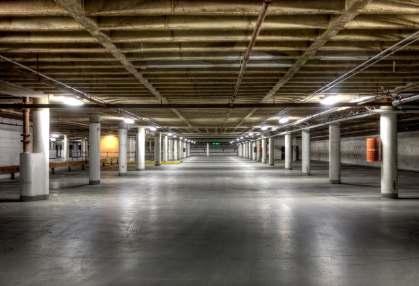Internal Revenue Code 263(a) – Tangible Property Regulations
The IRS recently released the final tangible property repair regulations that provide a framework for distinguishing capital expenditures from deductible tangible property costs. These important new regulations will affect virtually all taxpayers that acquire, produce, or improve tangible property. Of Particular interest to commercial property owners are the regulations concerning the abandonment of long term property components or systems.
Abandonment and Obsolescence Losses by IRS definition: is as follows “A loss may be allowed for the abandonment of a depreciable asset in the amount of its adjusted basis if the owner manifests an irrevocable intent to abandon (discard) the asset so that it will neither be used again by the taxpayer or retrieved for sale, exchange, or other disposition. An abandonment loss is an ordinary loss (whether or not the abandoned property is a partial asset).”
In essence, a commercial property owner may be allowed to deduct the value of long term components or systems (IRC Section 1250) in the year of abandonment or demolition provided the following conditions are met:
1. The tangible property is identified as a result of a Tangible Property Study of the property demolished or abandoned in accordance with IRS Tangible Property Regulations and subsequent revisions, updates and decisions.
2. The abandoned property has a depreciable life of 27.5 years (commercial apartments) or 39 years (commercial properties) and has not been fully depreciated.
3. The owner of the property may only deduct that portion of the tangible property which has not been fully depreciated.
 Case study: The owner of a 459,000 square foot multilevel commercial parking facility replaced 470 metal halide fixtures with more energy efficient LED Lighting.
Case study: The owner of a 459,000 square foot multilevel commercial parking facility replaced 470 metal halide fixtures with more energy efficient LED Lighting.
Challenges:
1. The metal halide lighting system was included in the general category of “building” in the depreciation schedule for the property
2. The property was purchased in 1999
3. The metal halide fixtures were no longer available from the manufacturer
4. There was no record available for the original cost of materials and labor for the metal halide fixtures
Solutions:
1. Capital Review Group, a national engineering and tax firm with extensive experience in preparing cost segregation studies was hired to perform a Tangible Property Services® Study
2. Extensive research was conducted to determine the value of the materials and labor for the abandoned metal halide lighting system
3. Using accepted IRS methods the remaining depreciable value was calculated.
4. A Tangible Property Services® report was presented to the owner’s accounting firm.
Results:
The commercial property owner was able to deduct $103,545 in the year the metal halide lighting system was abandoned.
Concerns:
These new regulations are complicated and commercial property owners should seek the assistance of a qualified and experienced engineering and tax firm to take advantage of the Tangible Property Regulations. Want to find out if your project qualifies for these incentives? Contact Capital Review Group at 877-666-5539.